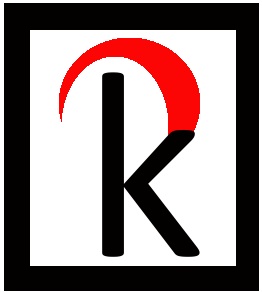Conservation Treatments and Reports as an Integral Part of Provenance Research
I’m honoured to have been invited to contribute to Flynn & Giovanni's The Provenance Research Blog.
Conservation treatments and their reports, which include condition reports, are an important yet underused asset in provenance research. As written and photographic witnesses to the state of an artwork at a specific point in time, including details on any damages, changes, place(s) of conservation, and history of the piece, these reports are an essential part of research.
You can read the full article here.
Renata Kaminker - Fine Art Solutions attends the joint Fieldfisher-Vastari seminar on art businesses under criminal investigation
I was delighted to attend the seminar jointly organized by Fieldfisher and Vastari on businesses under criminal investigation
The seminar, aimed at art dealers, galleries and intermediaries working with collectors in art transactions, focused on the UK’s Anti-Money Laundering Directives 5 and 6, as well as other practical issues such as:
What happens when law enforcement agencies investigate a person or business
Criminal tax investigations
Protecting data versus handing over material to law enforcement
Dealing with International Enforcement Agencies
Sanctions
It was a pleasure to participate in such an interesting event and hear from experts in the field.
Renata Kaminker - Fine Art Solutions was invited by Sotheby's Institute of Art to talk at its Art Crime seminar
On July 8, 2019, and for the third year in a row, Renata Kaminker was invited to speak at Sotheby's Institute of Art’s Art Crime Seminar. We were delighted to have been included in this year’s programme, alongside such prestigious names as Vernon Rapley (Director of Cultural Heritage Protection and Security at the V&A), Peter Stone OBE (Professor at Newcastle University and UNESCO Chair in Cultural Property Protection and Peace), Noah Charney (Founder of ARCA), and Marc Masurovsky (Co-Founder of the Holocaust Art Restitution Project in Washington DC).
Over the course of half a day, Renata presented an overview on art crime, from the typologies of art crimes (theft and looting, heritage destruction, fakes and forgeries, artnapping…) to the main international legal framework, as well as the central players and tools in the fight against illicit trafficking. She also introduced students to what type of information should be included in due diligence procedures, the types of technical analyses that can be performed and the different types of inventories being used.
The presentation served as a general introduction to the biggest aspects of fighting art crime and helped students understand the who, what and how of this field. It was a true pleasure and honour to have been part of training a new generation of conscientious art market professionals.






